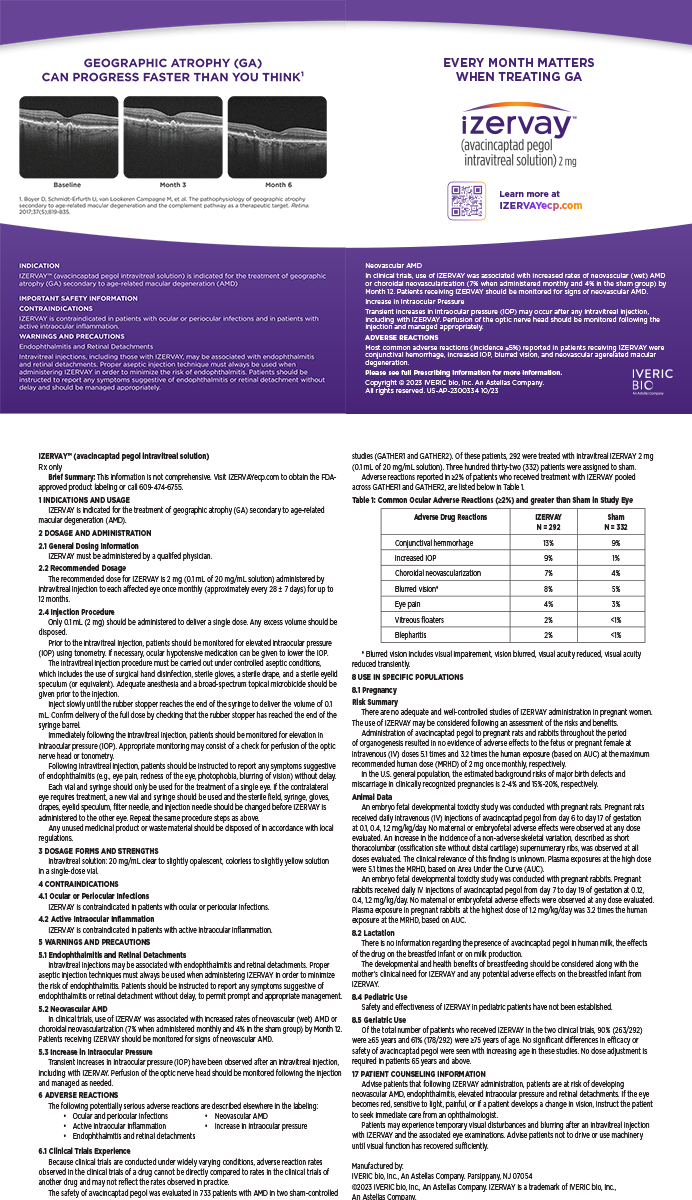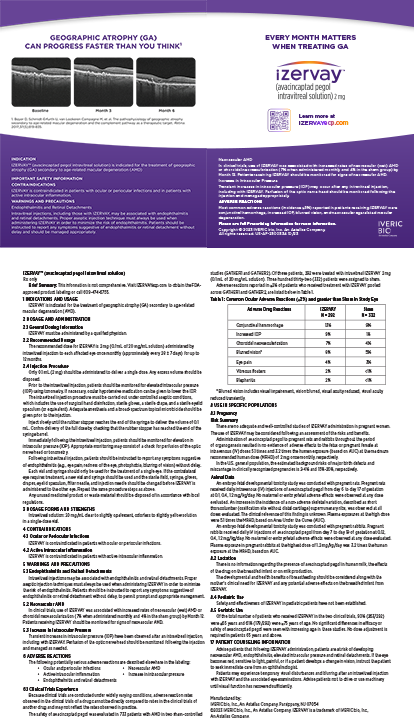Ophthalmic surgeons have been enthralled by the idea of removing cataracts with a laser since they began using the Nd:YAG laser for posterior capsulotomy. Previous attempts at laser phacoemulsification have failed. Now, femtosecond technology is attracting attention as a means not only of removing a cataract but also of creating the "perfect" capsulorhexis and making cataract and limbal relaxing incisions.
I asked several surgeons to share their views on femtosecond lasers in cataract surgery. All of them are involved in the development of this exciting technology and have presented papers on the subject.
—Section editor William J. Fishkind, MD
DAVID F. CHANG, MD
At least three companies are testing femtosecond lasers for the performance of cataract surgical steps in human subjects. I have used the LensAR system (LensAR Inc., Winter Park, FL) for surgery in Mexico. The exciting prospect is that of automating two of the more difficult maneuvers of cataract surgery: performing a perfectly round capsulorhexis and prechopping the nucleus into multiple segments (Figure 1). Femtosecond technology might be particularly valuable in complicated settings such as eyes with weak zonules. Other applications would be the cataract incision's creation and programmable laser astigmatic keratotomy. The surgeon would then sit down at the operating microscope to operate on an eye that already had a phaco incision, capsulorhexis, and a nucleus that had been prechopped into multiple pieces.
Ophthalmologists will welcome any technology that increases the safety of cataract surgery, but the ability to ensure a capsulorhexis of an exact diameter would be particularly important to the success of next-generation accommodating IOLs such as the Synchrony (Visiogen, Inc., Irvine, CA). Of course, there are many key obstacles to the adoption of femtosecond lasers in cataract surgery such as cost and logistics, in terms of space and operative efficiency. Nevertheless, with clinical work progressing outside the United States, this technology may be available to US surgeons within the next 2 years.
LOUIS D. "SKIP" NICHAMIN, MD
One of the most exciting developments in the field of cataract and lens-based surgery is the application of femtosecond laser technology to aid in and improve these already remarkable procedures. Specifically, this technology has been adapted to create phaco and limbal relaxing incisions, to perform the capsulorhexis, and to assist with nuclear division and segmentation, thereby simplifying and minimizing the need for emulsification of the lens. The exquisite precision and predictability that femtosecond lasers afford the surgeon could significantly increase the efficiency and safety of the cataract procedure. Human trials are currently underway outside the United States, and the results appear to be very promising.1
Femtosecond technology is also being studied as a means by which to reduce rigidity of the crystalline lens that occurs with aging, thus arresting presbyopia. Surely, more news about this exciting technology will be available in the near future.
STEPHEN G. SLADE, MD
The global cataract surgery sector is immense, with more than 15 million procedures performed annually worldwide. This number will increase significantly in the near future, as the segment of the US population older than 65 years doubles by the year 2020.
With today's technology, we can partially or completely correct patients' astigmatism and optical aberrations as well as their presbyopia. Nevertheless, cataract surgical techniques, although constantly refined, have not changed dramatically since the introduction of phacoemulsification. The only device I use today that at all resembles what I used as a resident is the phaco machine. Everything else (excimer and femtosecond lasers, wavefront technology, medications) is new. Current cataract procedures do not deliver the results to which we are accustomed in refractive surgery. No current IOL study results would meet the FDA's guidelines for a LASIK study.
A technology that improved refractive results, reduced the rate of complications in cataract surgery, increased precision, and reduced surgical time would enable more patients and ophthalmologists to participate in the premium IOL space and to take advantage of the associated benefits. Femtosecond laser technology has the potential to
- provide a high-resolution image of the eye that can drive the precise guidance of the laser
- create all of the required refractive corneal incisions (and I consider them all to be refractive, including the entry wound and sideport incision) with perfect dimensions as designed by the surgeon
- provide a refractive solution to preexisting astigmatism by creating corneal incisions of precise shape and depth as programmed by the surgeon
- create a perfectly centered capsulotomy with the optimal refractive dimension or shape for premium IOLs (ie, today's accommodating lenses and complex designs of the future)
- liquefy, soften, or chop the lens
I believe many other benefits of femtosecond laser technology will become apparent as well. Making cataract incisions with a femtosecond laser is analogous to using the platform to create corneal flaps for LASIK. The LenSx laser (LenSx Lasers, Inc., Aliso Viejo, CA) is currently approved by the FDA for capsulotomy. I believe femtosecond cataract surgery is our future.
ROGER F. STEINERT, MD
The fundamental laser/tissue interaction is photodisruption, as it is for Nd:YAG laser capsulotomy and the LASIK flap's creation. The advantage of the ultrashort femtosecond (a quadrillionth of a second) pulses is that the peak power is achieved with lower total energy, which increases precision and reduces collateral tissue damage. These benefits are particularly important in cataract surgery, where the laser energy must be applied close to the posterior capsule without rupturing it. The goal of the laser pulses will be to soften the nucleus so that it can be easily and safely aspirated during surgery. Additional benefits will be a precise anterior capsulotomy and laser incisions that may have better geometry to ensure self-sealing (Figure 2).
JOHN A. VUKICH, MD
Femtosecond lasers have proven their value in refractive surgery, and the use of this technology for cataract surgery is now under development. Optimedica Corp. (Santa Ana, CA) is a well-known manufacturer of retinal lasers that has designed a femtosecond platform for advanced cataract applications. Human trials are well underway, and investigators are in the process of optimizing treatment algorithms.
Optimedica's femtosecond laser is capable of creating a precise corneal incision, performing astigmatic keratectomy, creating the capsulorhexis, and fragmenting the nucleus. Femtosecond-assisted cataract surgery standardizes several aspects of the operation by controlling the geometry of the corneal incision as well as the capsulorhexis. Incisions created with the laser can soften, divide, and segment the lens nucleus so that minimal (or in some instances no) phaco power is needed to remove the nuclear fragments.
The added precision of femtosecond cataract surgery comes at an opportune time as a synergistic technology with premium IOLs (Figure 3). The next generation of dual-optic accommodating IOLs is designed to use dynamic forces within the eye to cause predictable movement of the implant. One of the remaining variables in cataract surgery is the relative lack of precision when creating a capsulorhexis. Also common to accommodating implants is the need to minimize zonular stretching or loss, which could interfere with the efficient translation of forces applied to the capsular bag. Consistent results with the next generation of dual-optic and hinged single-optic implants may depend in part on having a reliable configuration to the capsular bag.
The basic concepts of phacoemulsification have remained largely unchanged for the past 20 years. With the advent of femtosecond-assisted cataract surgery, a new level of precision is possible that can minimize phaco time and bring a level of consistency to the operation that has not yet been possible.
Section Editor William J. Fishkind, MD, is the co-director of Fishkind and Bakewell Eye Care and Surgery Center in Tucson, Arizona, and he is a clinical professor of ophthalmology at the University of Utah in Salt Lake City. He is a consultant to LensAR. Dr. Fishkind may be reached at (520) 293-6740; wfishkind@earthlink.net.
David F. Chang, MD, is a clinical professor at the University of California, San Francisco, and is in private practice in Los Altos, California. He is a consultant to LensAR and is the medical monitor for the Synchrony's FDA trial. Dr. Chang may be reached at (650) 948-9123; dceye@earthlink.net.
Louis D. "Skip" Nichamin, MD, is the medical director of the Laurel Eye Clinic in Brookville, Pennsylvania. He is a medical advisor to LensAR. Dr. Nichamin may be reached at (814) 849-8344; nichamin@laureleye.com.
Stephen G. Slade, MD, is a surgeon at Slade and Baker Vision in Houston. He serves as the medical director for LenSx Lasers Inc. Dr. Slade may be reached at (713) 626-5544; sgs@visiontexas.com.
Roger F. Steinert, MD, is the vice chair of clinical ophthalmology and the director of cataract, refractive, and corneal surgery at the University of California, Irvine. He is a consultant to LenSx Lasers Inc. Dr. Steinert may be reached at (949) 824-4122; roger@drsteinert.com.
John A. Vukich, MD, is the surgical director of the Davis Duehr Dean Center for Refractive Surgery in Madison, Wisconsin. He is a consultant to and investigator for Optimedica. Dr. Vukich may be reached at (608) 282-2000; javukich@facstaff.wisc.edu.


